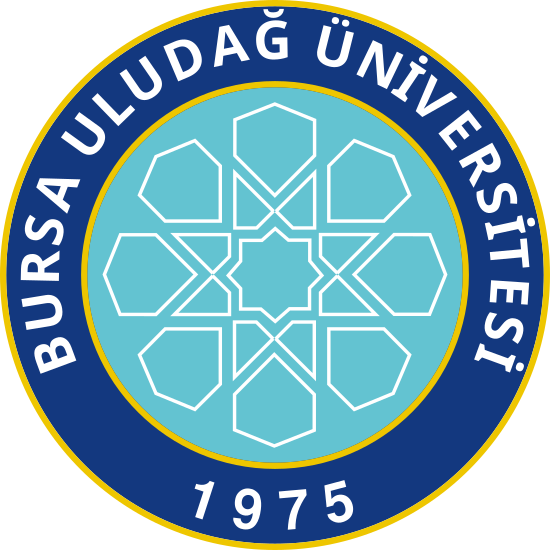Please use this identifier to cite or link to this item:
http://hdl.handle.net/11452/34939| Title: | Effect of storage period of red blood cell suspensions on helper T-cell subpopulations |
| Authors: | Güvenç, Furkan Uludağ Üniversitesi/Tıp Fakültesi/Dr. Raşit Durusoy Kan Bankası. Uludağ Üniversitesi/Tıp Fakültesi/İmmünoloji Anabilim Dalı. Uludağ Üniversitesi/Sağlık Bilimleri Enstitüsü/Mikrobiyoloji/İmmünoloji Anabilim Dalı. Uludağ Üniversitesi/Tıp Fakültesi/Enfeksiyon Hastalıkları ve Klinik Mikrobiyoloji Anabilim Dalı. Uludağ Üniversitesi/Tıp Fakültesi/Tıbbi Mikrobiyoloji Anabilim Dalı. 0000-0001-7625-9148 0000-0003-0463-6818 Bal, Salih Haldun Kumaş, Levent Tufan Budak, Ferah Göral, Güher Oral, Haluk Barbaros Heper, Yasemin HJY-9001-2023 F-4657-2014 AAH-6506-2021 K-7285-2012 56191003300 26665534000 6701913697 6603453166 7004498001 57191480128 |
| Keywords: | Hematology TRIM Immunomodulation Transfusion Th cell subgroups Leucoreduction Randomized controlled-trial Transfusion-related immunomodulation Colorectal-cancer surgery Independent risk-factor Growth-factor-beta Acute lung injury Cardiac-surgery Whole-blood Postoperative infection Leukocyte depletion |
| Issue Date: | 2018 |
| Publisher: | Simtipro Srl |
| Citation: | Bal, S. H. vd. (2018). ''Effect of storage period of red blood cell suspensions on helper T-cell subpopulations''. Blood Transfusion, 16(3), 262-272. |
| Abstract: | Background. The aim of this study was to investigate the immunological alterations that occur during the storage of erythrocyte suspensions which may lead to transfusion-related immunomodulation following allogeneic blood transfusion. Materials and methods. One part of the erythrocyte suspensions obtained from donors was leucoreduced while the other part was not. The leucoreduced (LR) and non-leucoreduced (NL) erythrocyte suspensions were then further divided into three equal amounts which were stored for 0, 21 or 42 days prior to measurements, by enzyme-linked immunosorbent assays, of cytokine levels in their supernatants. T-helper (Th) lymphocyte subgroups and gene expression were analysed in the NL erythrocyte suspensions by flow cytometry and real-time polymerase chain reaction, respectively. Results were compared to those of storage day 0. Results. By day 21, the number of Th2 cells had increased significantly and the numbers of Th1, Th22 and Treg cells had decreased significantly in the NL erythrocyte suspensions. On day 42 the numbers of Th2 and Treg cells in the NL suspensions were significantly increased while the number of Th1 cells was significantly decreased. The levels of transcription factors (TBX21, GATA3, and SPI.1) were significantly decreased on days 21 and 42, and AHR, FOXP3 and RORC2 levels were significantly increased on day 42 in NL erythrocyte suspensions. The decrease in interleukin-22 and increase in transforming growth factor-beta levels found in NL erythrocyte suspensions on day 21 were statistically significant. Elevated levels of interleukin-17A were found in both LR and NL erythrocyte suspensions on day 42. Discussion. Our results suggest that allogeneic leucocytes and cytokines may play significant roles in the development of transfusion-related immunomodulation. |
| URI: | https://doi.org/10.2450/2017.0238-16 https://www.bloodtransfusion.it/bt/article/view/323 http://hdl.handle.net/11452/34939 |
| ISSN: | 1723-2007 |
| Appears in Collections: | Scopus Web of Science |
Files in This Item:
There are no files associated with this item.
Items in DSpace are protected by copyright, with all rights reserved, unless otherwise indicated.
